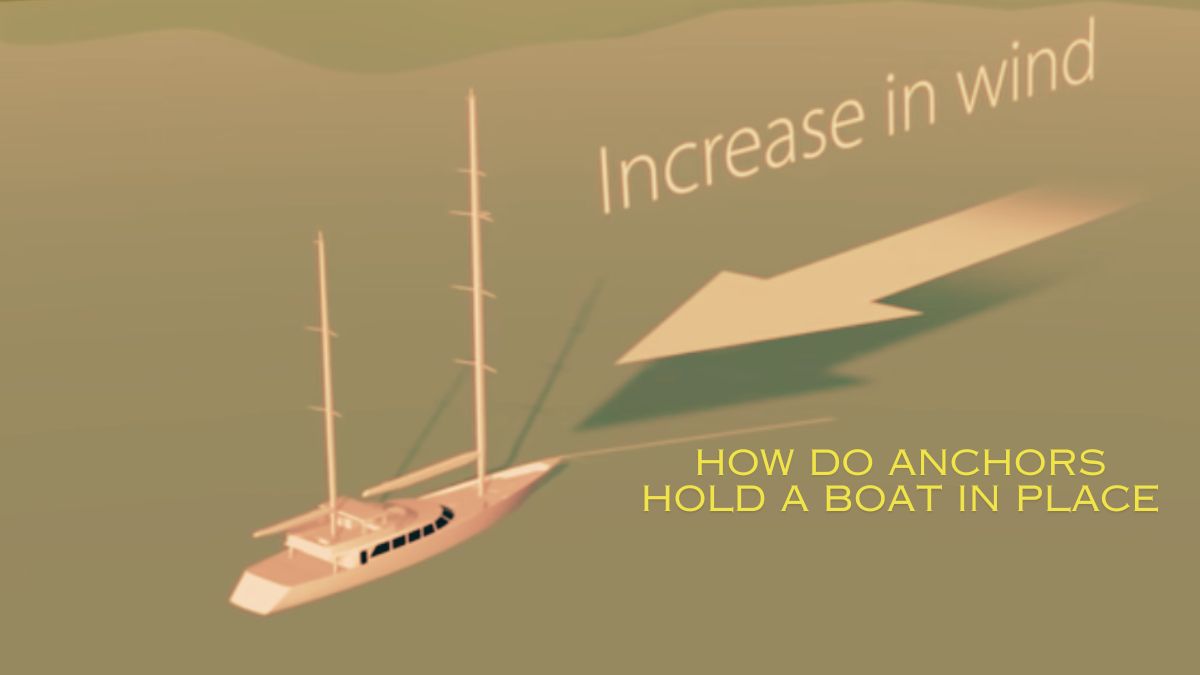
How do anchors hold a boat in place
How do anchors hold a boat in place? Proper anchoring is essential for a ship’s safety and is a vital part of the anchoring system. So, let’s first understand anchoring.
A private cove is perfect for swimming or resting. How can you travel while moving your boat in one place? Anchoring guarantees you won’t have to stress if your boat floats away.
Docking the ship in a desired place is vital to ensuring it. A heavy metal tool is used to do this. The anchor is drilled into the seabed and connected to the ship by a cord or chain called a rod. Effective anchoring has two benefits.
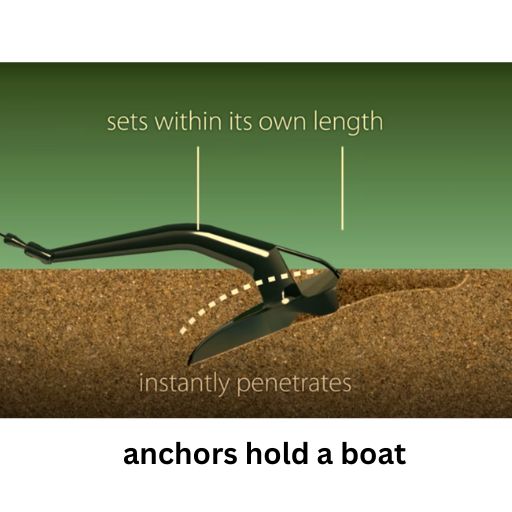
Safety
Your ship can float due to wind, current, or swell, but anchoring restricts it. Anchors are crucial to avoid clashes with stones, shallows, or other vessels.
Enjoyment
Anchoring permits you to relish your time on the water and calms you. Whether swimming, fishing, or scouting nearby beaches, anchoring is essential. It also makes a sound platform for your water movements.
In brief, anchoring is a must-know for any boater. This fundamental skill assures your ship’s safety and permits you to enjoy time on the water.
Understanding how anchors hold a boat in place
How do anchors hold a boat in place? It is crucial to understand how to land your boat safely. First, you must realize anchoring. Anchoring is about something other than physically having the ship’s weight like a significant turn.
It is a more subtle and equally important strategy for keeping your ship in a preferred location. In this essay, we will learn more about different anchor types and elements affecting anchor hold.
Here’s a breakdown of how they work
Opposition, not weight-bearing
Anchors do not have the boat’s weight. Instead, they resist pressures driving the ship in the opposite tack, such as wind, currents, and waves. They act as a submerged “break”.
In digging
The anchor structure usually consists of large flukes at the bottom. These coincidences help explore and get the seabed material, creating a defense that stops the boat from rolling with water currents or breeze.
Anchor
A weighty metal anchor touches the seabed. Anchors are of various formats, but most part flukes. They are prepared to drill into the seabed material and create a defense. Different types of commentators are suitable for different seabed conditions.
Added friction of the chain
A vital connection between the anchor and the boat is the rod. It is made of strong rope or chain. However, the rope offers some shock absorption. Chains provide an essential advantage. Its weight creates additional friction as it drags along the seabed, further increasing the holding capacity of the anchor.
Seabed
The design of the seabed plays a vital role in the anchor’s performance. Sand and soil deliver better retention ability, but seabeds with stones, coral, or dense weeds can be contesting for anchors.
Best Boat Anchors for Lakes in 2024
Anchors for different seabeds
Not all anchors are made similar. Different seabed needs demand different designs:
Danforth Anchors
These anchors excel in soft bases, such as sand or mud, and their sizeable plow-like chance permits them to explore deep.
Fluke Anchor
These commentators with a big fluke are suited for various seabeds, including sand, soil, and even some stony depths.
Additional types
Special anchors are also available for specific conditions, such as mushroom anchors for endless mooring or select anchors for stony seabeds.
Understanding the basic principles of resistance, the role of flukes and chains, and the different types of anchors can help you choose the right tool for the job and ensure a secure hold for your boat.
Factors affecting anchor hold
Even the most vital anchor can struggle if the going gets rough. Here’s a breakdown of the main factors that can affect how well your anchor holds:
Seabed Composition: The type of seabed material plays an important role. Sand and mud provide the best retention capacity. Because anchor flukes help dig in and grip easily.
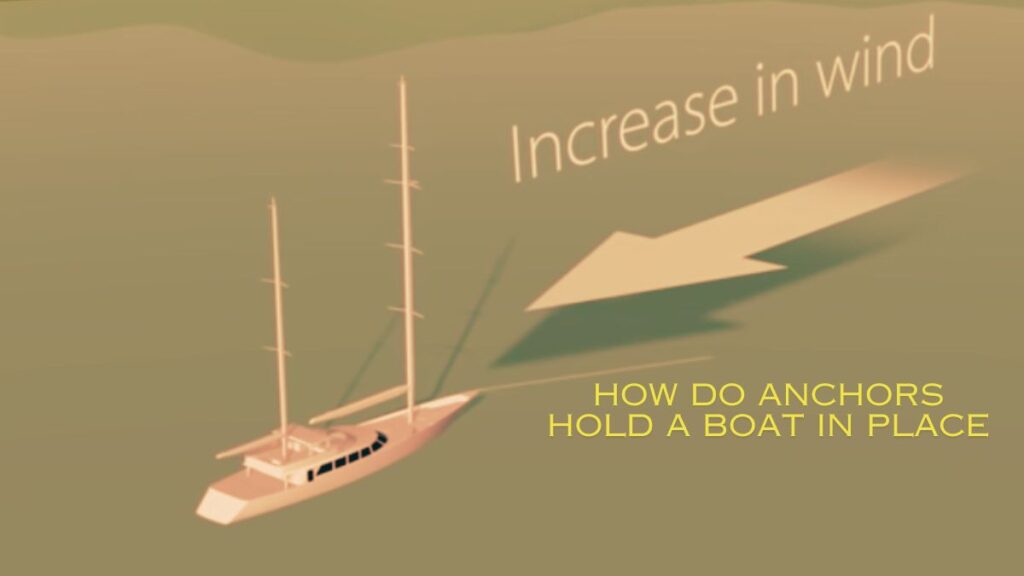
Rock: Buying good anchors can be challenging. Special anchors, such as pick anchors, may be required.
Coral: Like a rock, coral offers little grip for simple anchors.
Dense Weeds: Dense vegetation can prevent anchors from reaching the hard seabed below, reducing the holding capacity.
Water Depth and Range: Water depth and rod placement are interrelated. The rod is usually 5-7 times the water depth, which is very important. That allows the rod to lie flat on the seabed, maximizing the angle of pull on the anchor and its holding capacity. Inadequate scope reduces the anchor’s effectiveness.
Boat size and wind power: Larger boats require more extensive and heavier anchors to resist wind and current forces. Strong winds and currents stress the anchor system, so you may need to adjust your anchoring technique.
Weather conditions: Weather factors other than wind and current can also affect anchor hold. A well-equipped commentator may also have to contend with storms of excessive pressure. Therefore, it is essential to observe weather conditions and modify your anchoring technique.
Understanding these aspects will help you choose the suitable anchor, lift, and anchoring strategy for the exact situation. That will maximize your possibilities of having a secure and pleasant time on the water.
What do you do if an anchor gets stuck?
You know how anchors have a ship jointly, but you may wonder what to do if the anchor calls stuck. At this point, you can take the following actions regarding the condition:
The first is to fasten a stuck anchor to a cleat and steer the boat in different directions. I hope that the anchor will untie itself. That is the simplest and most popular method of freeing a stuck anchor, and it sometimes works.
You can raise the anchor to free the flukes from the base. However, it will not function if it is arrived with stone.
You can descend to the anchor and push to free it manually.
It is appropriate for small vessels, but it usually only operates on larger ships because their commentators are too weighty.
If nothing functions, you can trim the rod and remove the anchor. However, you will be required to purchase a new rod and anchor.
Limitations
Although anchors are crucial, they have some restrictions. Even a well-set anchor can struggle in rough weather with powerful winds and breezes. Observe weather conditions and modify your anchoring technique therefore. Even if required, it becomes crucial to take cover.
Conclusion
How do anchors hold a boat in place? Understanding how anchors work, the factors that affect their hold, and their limitations is essential to ensuring a safe and enjoyable time on the water. So remember one thing—a secure anchor is your silent partner. It keeps your boat in place and allows you to focus on creating lasting memories.
How to hold an anchor?
Anchors achieve their holding capacity by “hooking” on the seabed by weight or combining the two.
Can a ship sail without an anchor?
A boat can only go so far when anchored, but it will still roll because water always moves.
Do anchors touch the sea floor?
If launched, the chain has enough scope, and the water depth is suitable for anchoring.





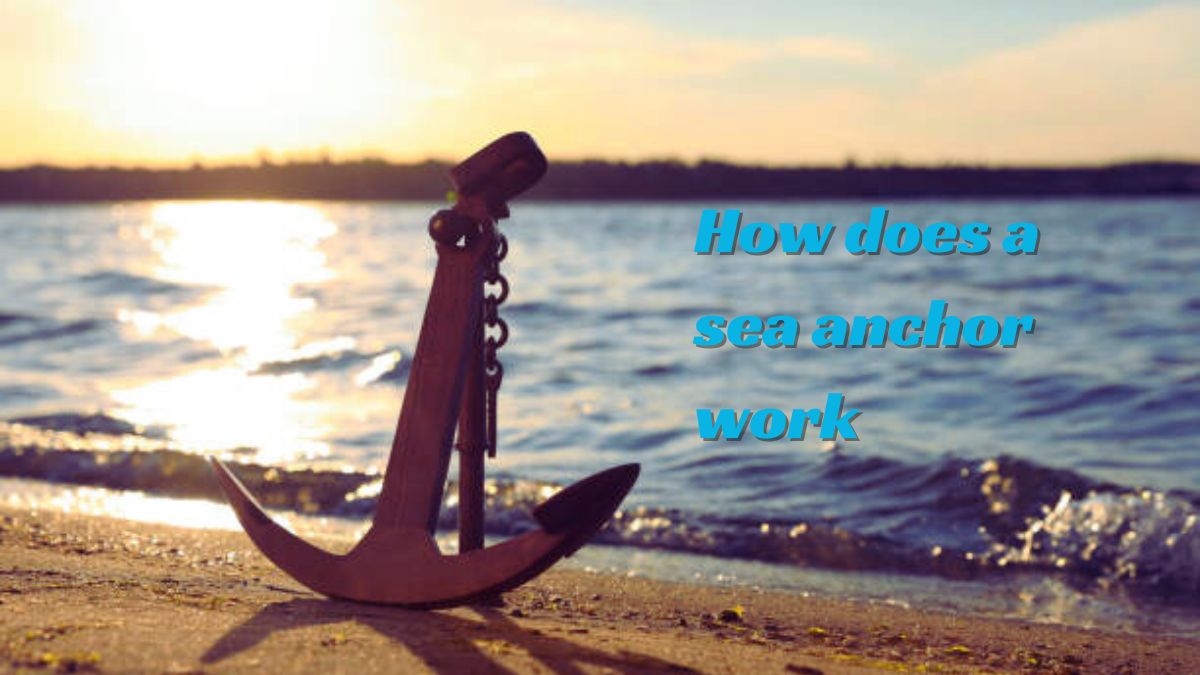
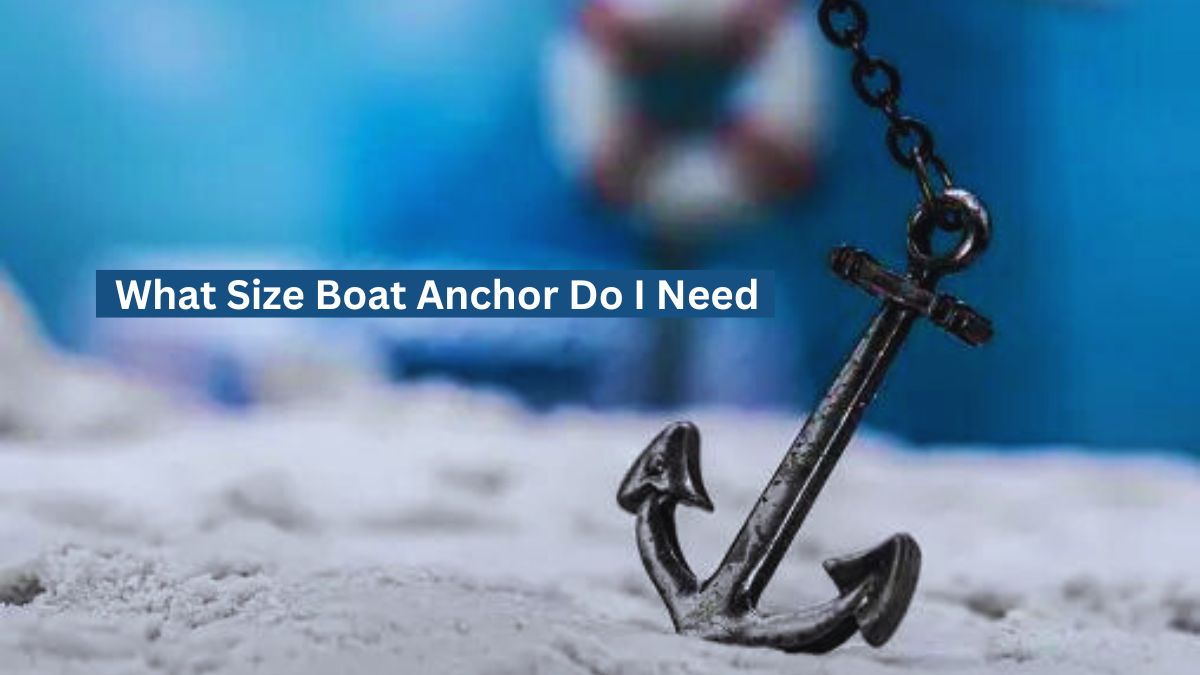
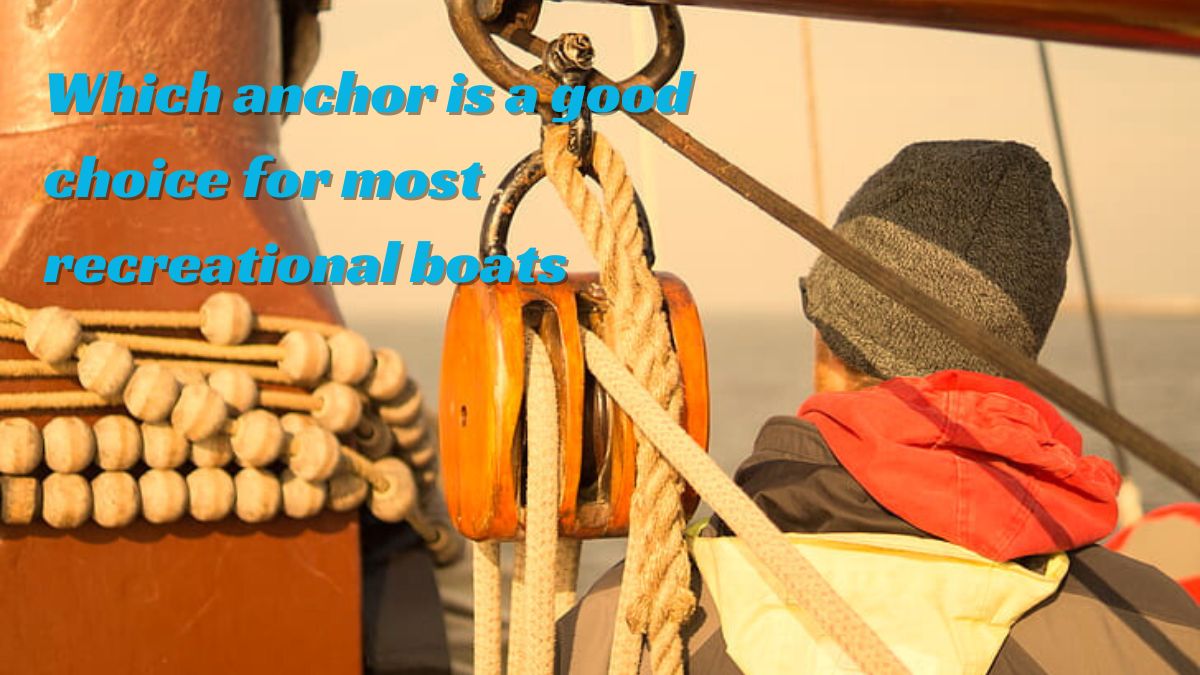


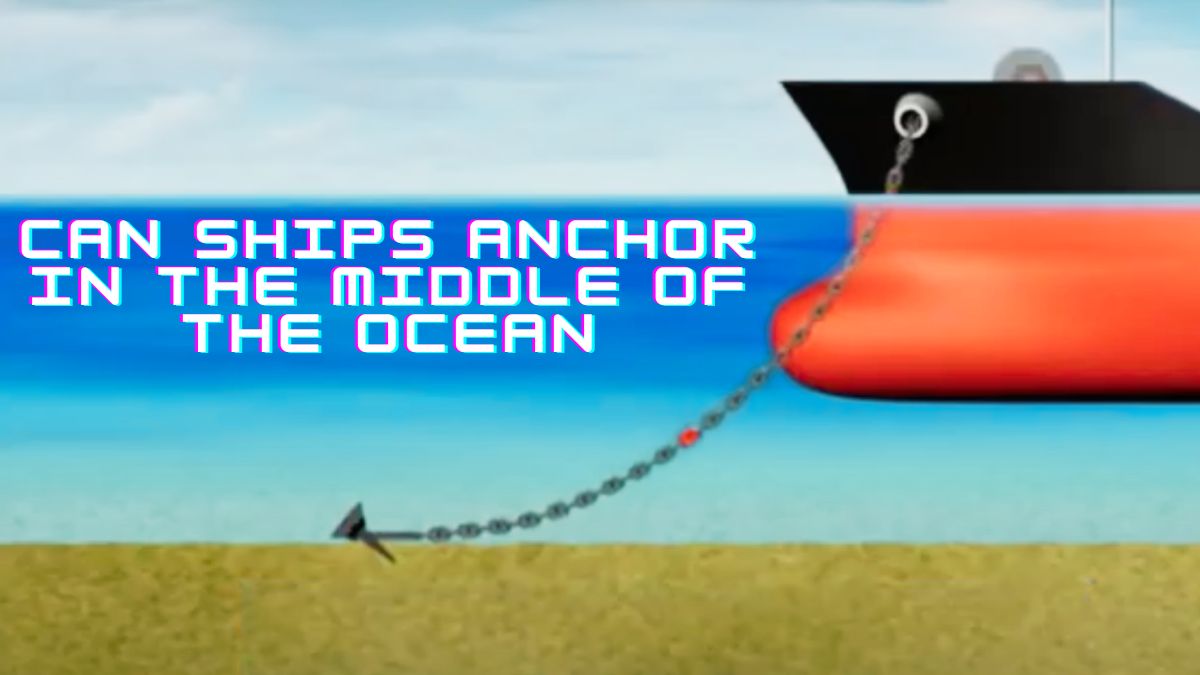
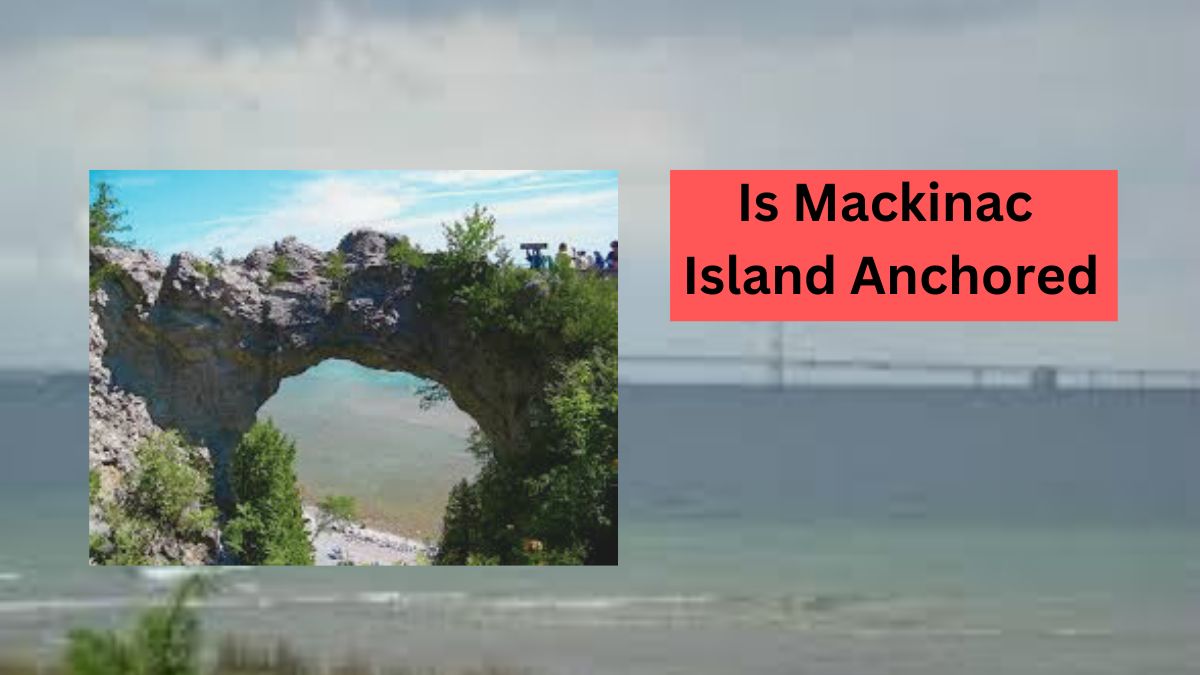

Leave a Reply